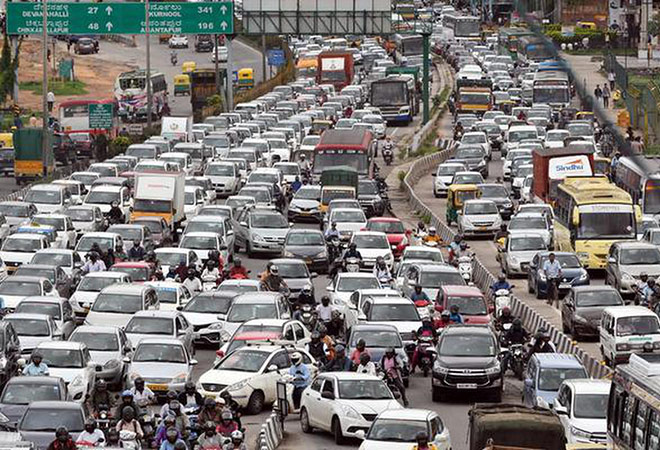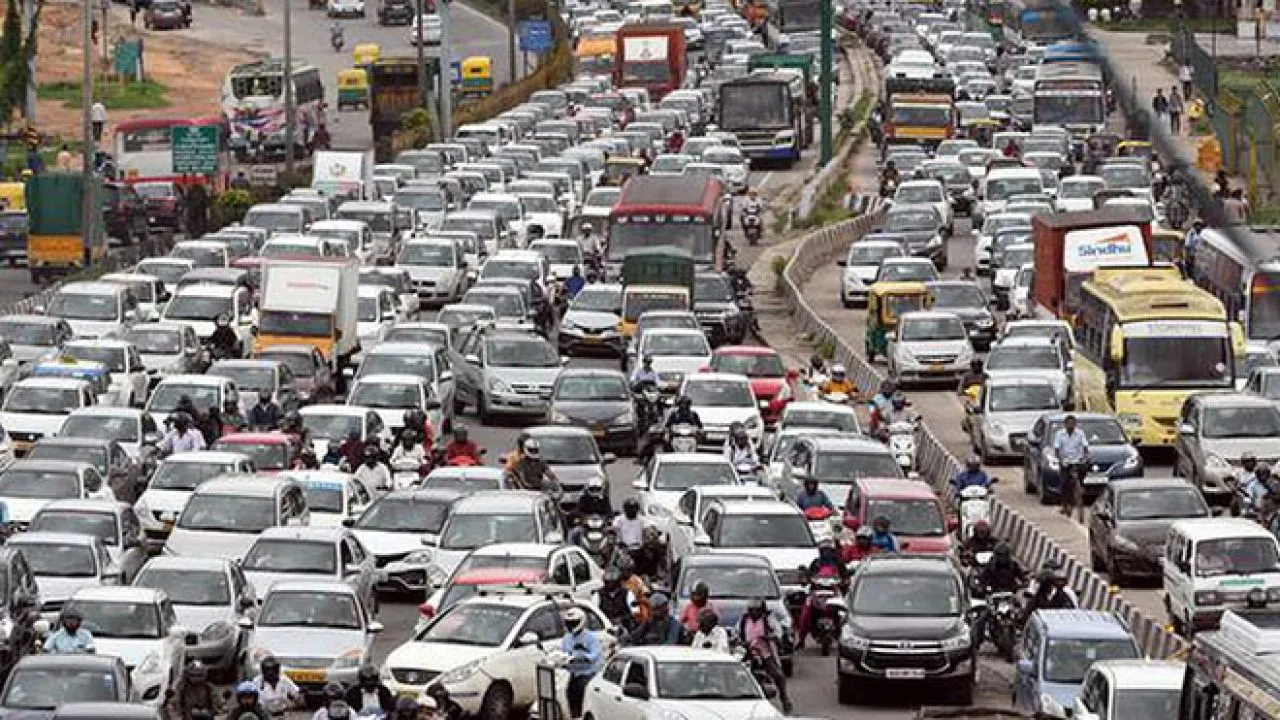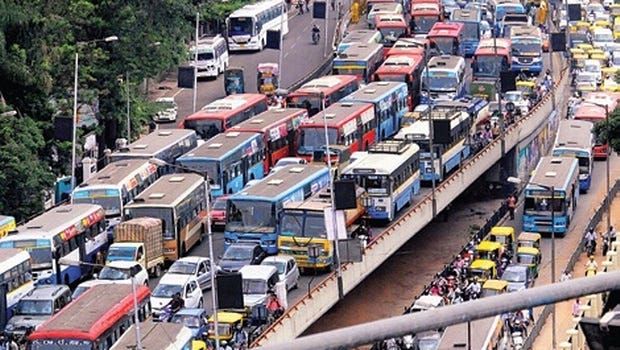BBMP Initiates New Traffic Decongestion Strategy to Transform City Mobility

BBMP Initiates New Traffic Decongestion Strategy to Transform City Mobility
In a bid to alleviate the perpetual traffic woes that have plagued the bustling city of Bengaluru, the Bruhat Bengaluru Mahanagara Palike (BBMP) has launched an ambitious new traffic decongestion plan. This power-packed initiative aims to revamp the city’s mobility infrastructure and create a seamless, stress-free commuting experience for its residents.

Background
The Silicon Valley of India, Bengaluru, has experienced unprecedented growth over the past few decades, making it a hub for technological innovation and economic development. However, this rapid expansion has resulted in a surge in population and vehicles on the roads, leading to chronic traffic congestion. The daily struggle of navigating through snarling traffic has become a shared frustration among citizens.
Addressing this urgent need for change, the BBMP has stepped forward with an innovative traffic decongestion plan that promises to reshape the way people move within the city.
The Key Components of the Plan
1. Multimodal Transportation Hub: At the core of the BBMP’s decongestion strategy lies the establishment of a state-of-the-art multimodal transportation hub. This hub will integrate various modes of transportation, such as buses, metro trains, suburban rail, and cycle-sharing services, under one roof. Commuters can seamlessly switch between different modes, streamlining their journeys and reducing reliance on private vehicles.
2. Improved Public Transport: The plan places a significant emphasis on enhancing the efficiency and reach of public transportation. BBMP aims to increase the frequency of buses and trains, expand existing routes, and introduce new feeder services to connect remote areas to major transit hubs. By making public transport more accessible and reliable, the BBMP hopes to entice more citizens to leave their cars at home and embrace sustainable commuting options.
3. Pedestrian-Friendly Zones: Recognizing the importance of pedestrians in any traffic decongestion strategy, the BBMP plans to create dedicated pedestrian zones in key commercial areas. Sidewalks will be widened, and pedestrian-friendly infrastructure, such as foot overbridges and zebra crossings, will be constructed to ensure the safety and convenience of those on foot.
4. Bicycle Infrastructure: In a bid to promote eco-friendly transportation, the BBMP will invest in a comprehensive bicycle infrastructure network. Dedicated bicycle lanes will be introduced along major roads and through residential neighborhoods. Additionally, bike-sharing schemes will be implemented, allowing citizens to rent bicycles at affordable rates, further reducing congestion and air pollution.
5. Traffic Signal Synchronization: The BBMP intends to optimize traffic signal timings using modern technologies. By synchronizing traffic signals along key corridors, the flow of vehicles can be better managed, minimizing bottlenecks and reducing travel time for motorists.
6. Parking Management Solutions: One of the major contributors to congestion is improper parking. To address this issue, the BBMP will deploy smart parking management solutions. These will include the introduction of paid parking in busy areas, encouraging proper use of parking facilities, and implementing strict enforcement against illegal parking.
7. Promotion of Telecommuting and Flexible Work Hours: Recognizing the potential of remote work in reducing commuter traffic, the BBMP will work in collaboration with businesses to encourage telecommuting and flexible work hours. By reducing the number of people traveling during peak hours, the burden on the city’s transportation infrastructure can be significantly reduced.

A Collaborative Effort
The BBMP’s traffic decongestion plan is not a one-size-fits-all solution but rather a comprehensive, collaborative effort. The municipal body will collaborate closely with various stakeholders, including citizens, urban planners, transportation experts, and environmentalists, to ensure the successful implementation of the strategy.
Rising to the Challenge: Overcoming Bengaluru’s Traffic Gridlock
Bengaluru, a city renowned for its vibrant culture and technological prowess, has found itself ensnared in a web of traffic congestion that shows no sign of relenting. As the city continues to attract talented individuals and investments, the resulting surge in population and vehicles has created an infrastructure strain like never before.
The cacophony of honking horns and the sluggish crawl of vehicles have become emblematic of Bengaluru’s traffic woes, prompting the Bruhat Bengaluru Mahanagara Palike (BBMP) to embark on a mission to rescue the city’s mobility from the clutches of gridlock.
With the introduction of their new traffic decongestion plan, the BBMP seeks to instigate a paradigm shift in the way Bengaluru’s residents traverse the city. Drawing inspiration from successful transportation models around the world, the plan adopts a holistic approach that addresses the diverse needs of the city’s inhabitants while embracing sustainable practices.
By empowering citizens with accessible, reliable, and eco-friendly commuting options, the BBMP envisions a future where the frustrations of traffic jams and endless waits become mere relics of the past.

Conclusion
In the face of formidable challenges, the BBMP’s visionary traffic decongestion plan offers a glimmer of hope to Bengaluru’s beleaguered commuters. As the city takes bold strides toward a more connected and sustainable future, it is essential for all stakeholders to actively participate in the transformation process.
Together, citizens, authorities, and experts can coalesce their efforts to reshape the city’s mobility landscape and unlock the true potential of Bengaluru—a city that thrives not only in technology but also in harmony with its citizens and the environment. As the sun rises on a new era of transportation, Bengaluru stands poised to triumph over its traffic gridlock and emerge as a beacon of innovation, efficiency, and progress for cities around the world.




